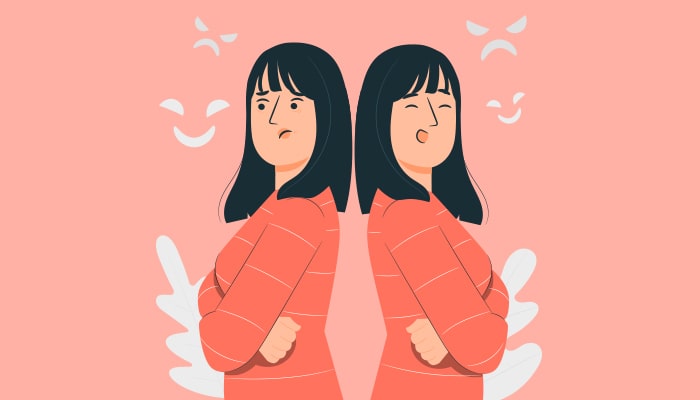Bipolar disorder is a psychological issue known to create outrageous changes in mood. Symptoms can incorporate an incredibly high state of mind called Mania. They can likewise incorporate depressing times and called bipolar disease or manic depression.
Individuals with bipolar disorder might experience difficulty managing everyday tasks or keeping up with connections. There’s no fix, yet numerous treatment choices available that can assist with dealing with the side effects.
Bipolar I
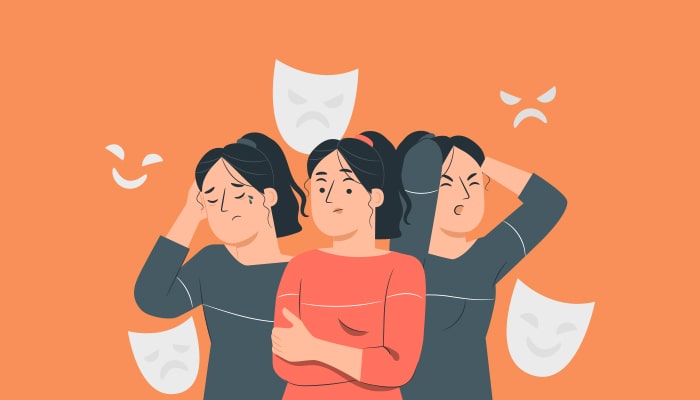
Bipolar I is characterized by the presence of not less than one mania experience. You might encounter hypomania or significant depressive scenes previously, after the mania scene. This kind of bipolar issue influences both men & women similarly.
Bipolar II
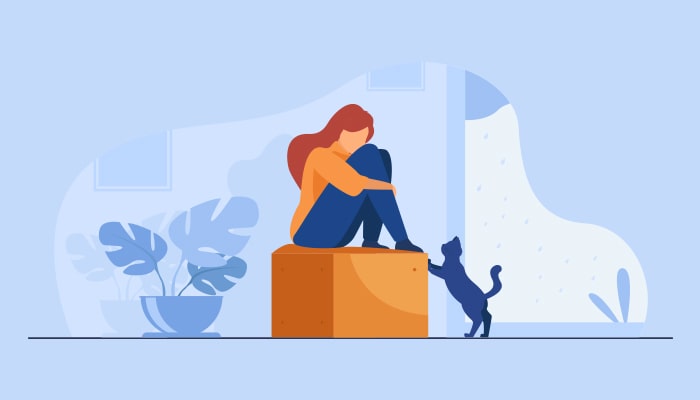
Individuals with this kind of disorder experience one significant depressive scene that keeps going for a couple of weeks. They likewise have no less than one hypomania scene that goes on around four days. Bipolar II is more common in women.
Cyclothymia
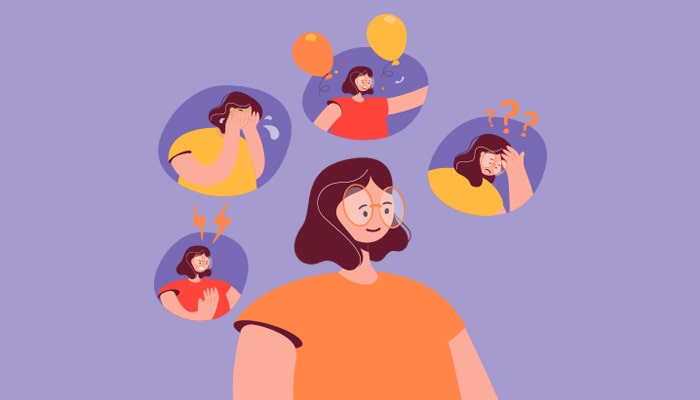
Individuals with cyclothymia are known to experience hypomania and depression. These symptoms are more restricted and less severe than the mania and depression brought by bipolar I or bipolar II disorder. Numerous people with this condition just experience it once or twice a month where their states of mind stay steady.
Bipolar Disorder and Depression
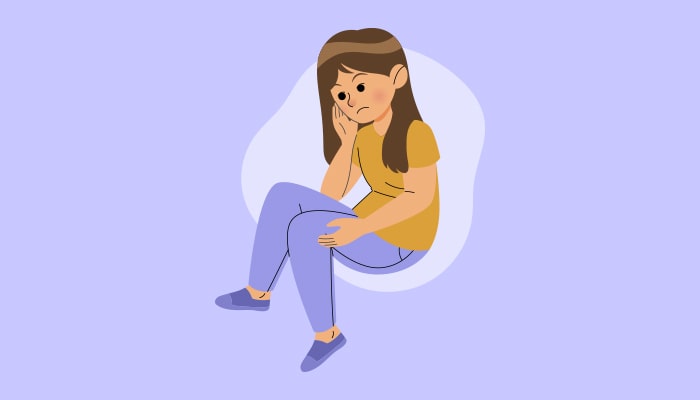
Bipolar disorder can have two limits: ”Up” and “Down”. To experience it, you should encounter a time of mania or hypomania. Individuals for the most part feel “up” in this period of the disorder. At the point when you feel an “up” in mood, you might feel profoundly invigorated and be effectively sensitive.
Certain individuals with disorder will likewise encounter a significant depression or a “down” state of mind. At the point when you experience a “down” in mood, you might feel lazy, unmotivated, and dismal. However, not all individuals with bipolar disorder who have this manifestation feel “down” enough to be marked discouraged.
For instance, in certain individuals, when their mania is treated, a typical mood might be depressing since they experience “high” brought by manic episodes.
While this disorder can make you feel discouraged, it’s not actually called depression. It can cause highs and lows, however, depression causes mood and feelings that are consistent “down.”
Factors Responsible for Bipolar Disorder
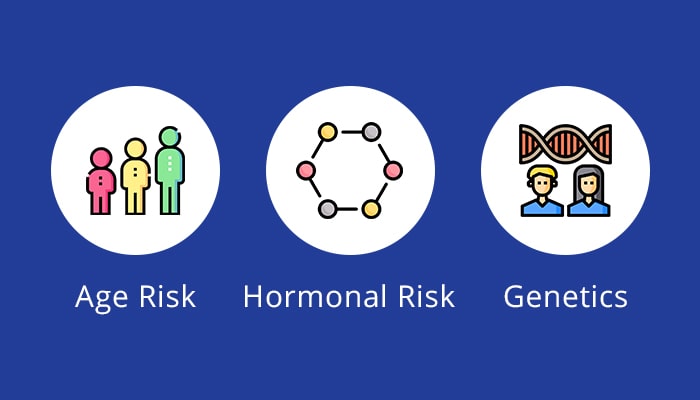
Bipolar Disorder Due to Age risk
Bipolar disorder generally develops around age 25, or between the ages of 15 and 25. A majority of all the cases registered before 25 years of age. However, certain individuals don’t foster side effects until they are in their 30s or 40s.
While it’s possible for bipolar disorder to develop in kids age 6 or more younger, the point is disputable. What might seem like a disorder can be a consequence of different issues or injuries.
Genetics
Genetics plays a crucial role in developing bipolar disorder in any individual. If your mother, father, or anyone in the family has a disorder it makes you likely to develop one. However, it’s not true in every case.
Hormonal risk
Specialists accept that thyroid hormone affects cerebrum functionality in adults. Both bipolar disorder and depression are related to abnormal thyroid.
The thyroid is an organ in the neck that discharges chemicals that regulates growth and advancement. Individuals with bipolar disorder frequently have hypothyroidism or an underactive thyroid.
Conclusion
People with bipolar can lead a happy & fulfilling life with proper diagnosis, consultation, and treatment.
In case you experience one or two symptoms of bipolar disorder, you must consult with a doctor. They can have a better look at your physical as well as mental health.

